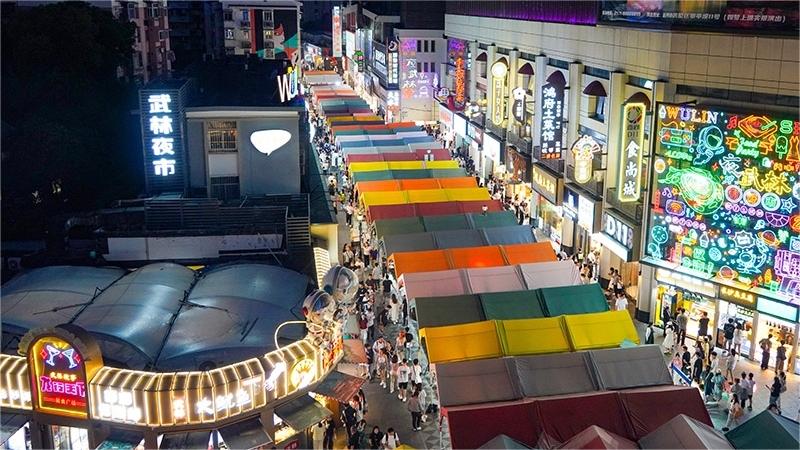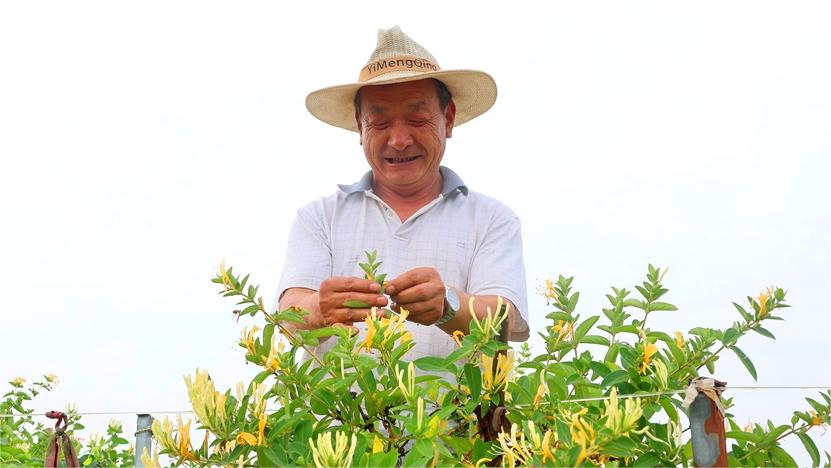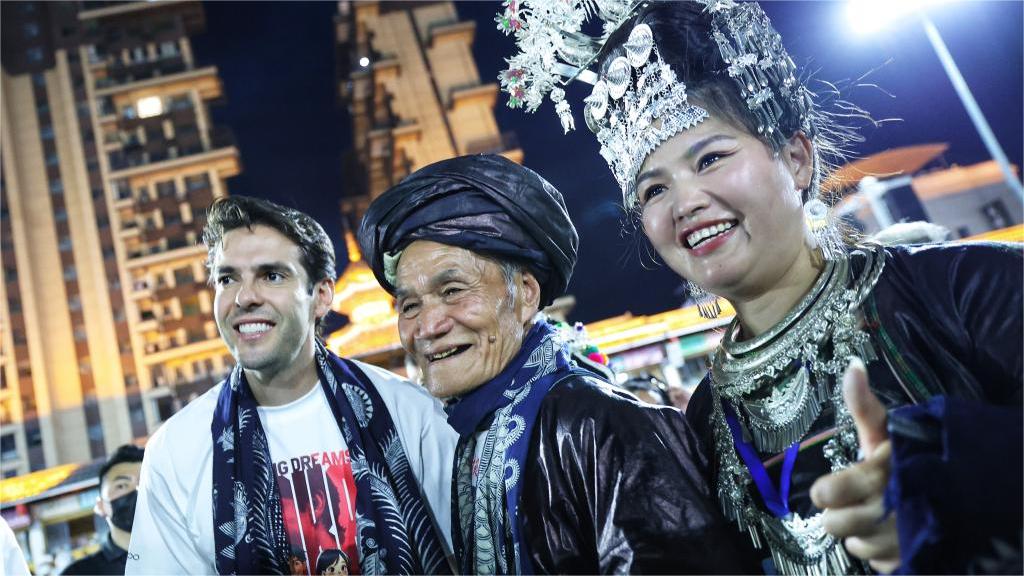China steadily enhances ability to ensure livelihood during development
"The Chinese people's aspiration for a better life is the goal we have been striving for, and the ultimate purpose of advancing reform and promoting development is to improve the livelihood of the people," Chinese President Xi Jinping said. Xi is also general secretary of the Communist Party of China (CPC) Central Committee and chairman of the Central Military Commission.
Xi made the remarks while chairing a symposium attended by representatives from businesses and academia in Jinan, east China's Shandong province on May 23.
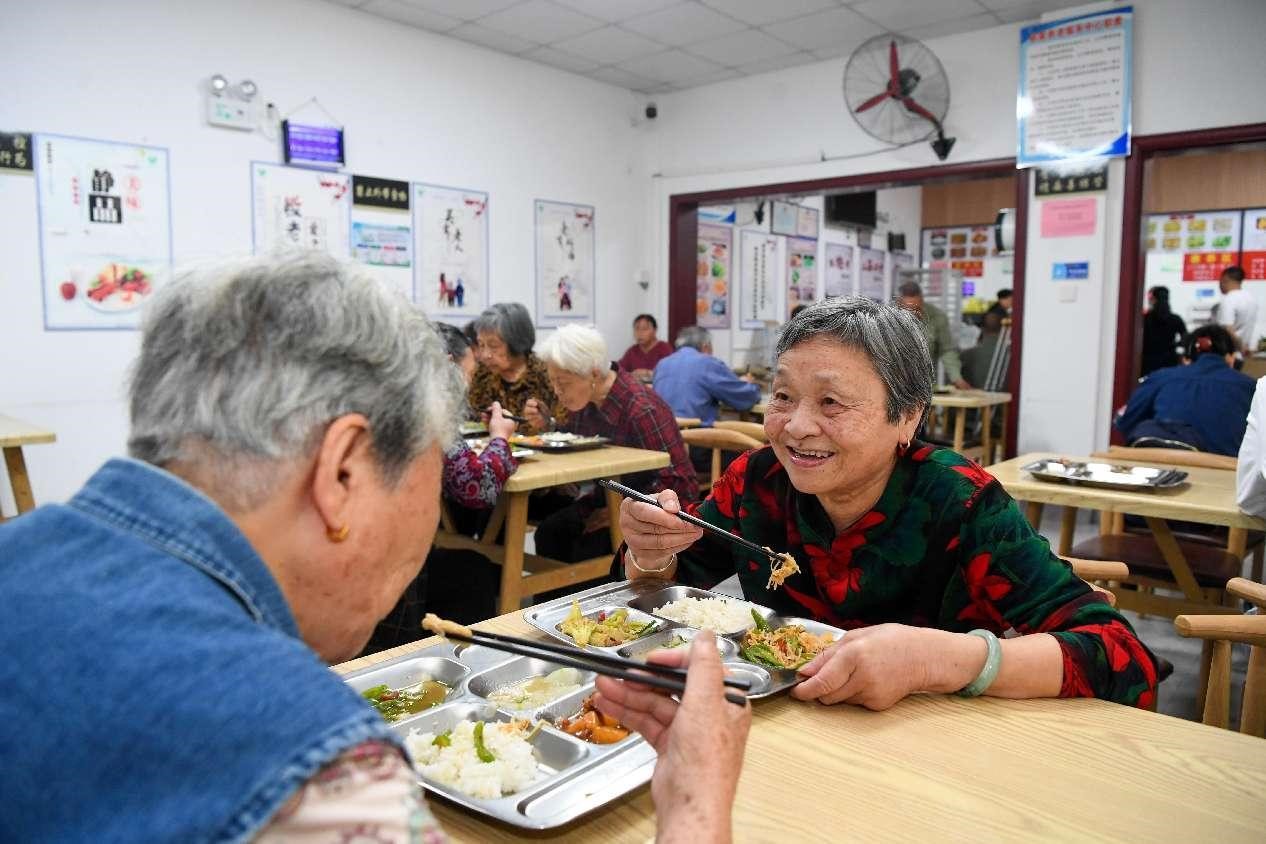
Photo shows a community canteen in Cuijiayuan community, Xiujiang neighborhood, Yuanzhou district, Yichun, east China's Jiangxi province. (People's Daily Online/Zhou Liang)
The essence of modernization is the modernization of people. Chinese modernization is a cause of the 1.4 billion Chinese people. Since entering the new era, China has achieved two miracles - rapid economic growth and lasting social stability. Putting livelihood issues in an important position is exactly one of the significant reasons for this success.
The country has won the largest battle against poverty in human history and achieved moderate prosperity, the millennia-old dream of the Chinese nation. It has built the world's largest networks of high-speed railways and expressways. Besides, it has built the largest education, social security, and healthcare systems in the world. The splendid development of China is exactly a perfect answer sheet to livelihood problems.
Livelihood progress is an important standard measuring economic and social development. Over 70 percent of China's government expenditures went toward ensuring the people's wellbeing. This year, the country has set aside 66.7 billion yuan (about $9.39 billion) for employment subsidies, 408.5 billion yuan for transfer payments for shared fiscal powers in education, and 76.5 billion yuan for subsidies for basic public health services.
Minzhucun community of Xiejiawan neighborhood, Jiulongpo district in southwest China's Chongqing municipality was once troubled with poor housing conditions, outdated infrastructure, excessive sewage, and inadequate supporting facilities.
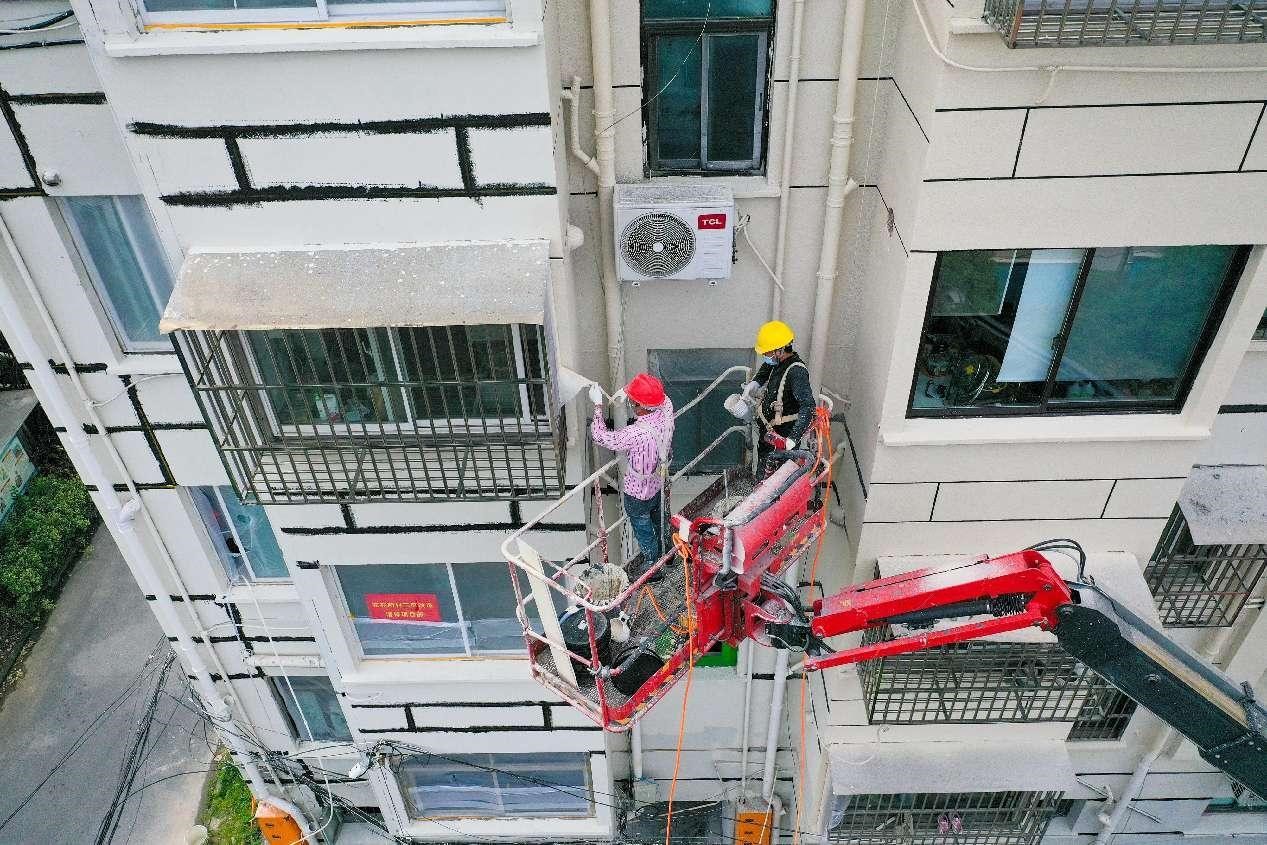
A residential building is renovated in Huayuan Xincun village, Rucheng neighborhood, Rugao, east China's Jiangsu province. (People's Daily Online/Xu Hui)
Today, this place has transformed into a vibrant community with a spacious community reception hall, a multifunctional service center, and a community canteen where delicious meals are served.
By addressing deficiencies in facilities, enhancing community functions, and improving the quality of living, old communities have become new homes for residents in the new era.
China is always working to address the needs of the people, from their basic necessities to reform and development, in an attempt to improve their wellbeing and create a better life for them. This fully embodies the people-centered philosophy followed by the country.
China has strengthened its efforts in renovating old urban residential communities and ensuring the supply of affordable housing, so as to allow more families to be able to have a decent and secure place to live in.
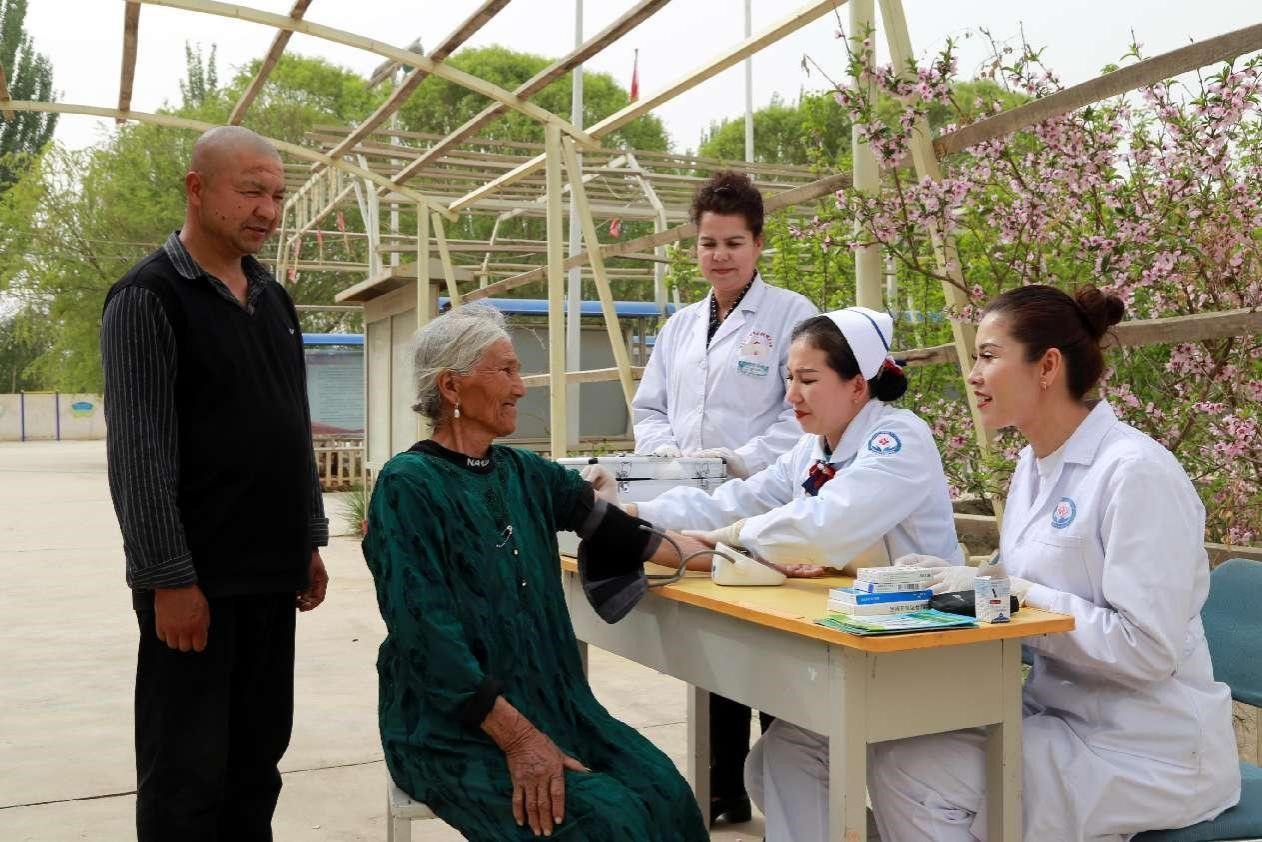
A free clinic is given by medical workers to a village in Aksu, northwest China's Xinjiang Uygur autonomous region. (People's Daily Online/Bao Liangting)
China has raised the thresholds for special additional deductions in personal income tax for taking care of children and the elderly, which benefits 66 million taxpayers. Besides, medicines covered by the medical-insurance system saved over 200 billion yuan for patients nationwide in 2023.
Ensuring and improving people's livelihood helps build a better future.
In Xicheng village, Lujiang county, Hefei, east China's Anhui province, villager Tao Youbao has installed household photovoltaic equipment on his rooftop, which he calls a "solar bank." According to him, the "solar bank" generates electricity for his family, and the surplus can be sold to the power grid, which earns him a few thousand yuan per year.
As of 2023, China's installed capacity of distributed photovoltaic power generated by households exceeded 115 million kilowatts, equivalent to the capacity of approximately five Three Gorges power stations. It is predicted that nearly 27.3 billion square meters of total roof areas covering more than 80 million rural households can be installed with photovoltaic power generation equipment.

A child plays on the playground of a kindergarten in Fuxing community, Dongying, east China's Shandong province. (People's Daily Online/Liu Zhifeng)
The widespread adoption of household photovoltaics will not only contribute to rural vitalization, but also play a pivotal role in driving the green transformation of the energy sector.
China works to meet people's aspirations for a better life, with an aim to provide them with more stable jobs, higher incomes, better education, and more reliable social security.
Regions and departments across China have been making sustained efforts and taking more measures to strive for greater achievements in improving people's wellbeing. By focusing on the concerns of the people and addressing practical issues related to their livelihood, China will steadily enhance its ability to ensure livelihood during its development and continuously improve people's sense of fulfillment, happiness, and security.
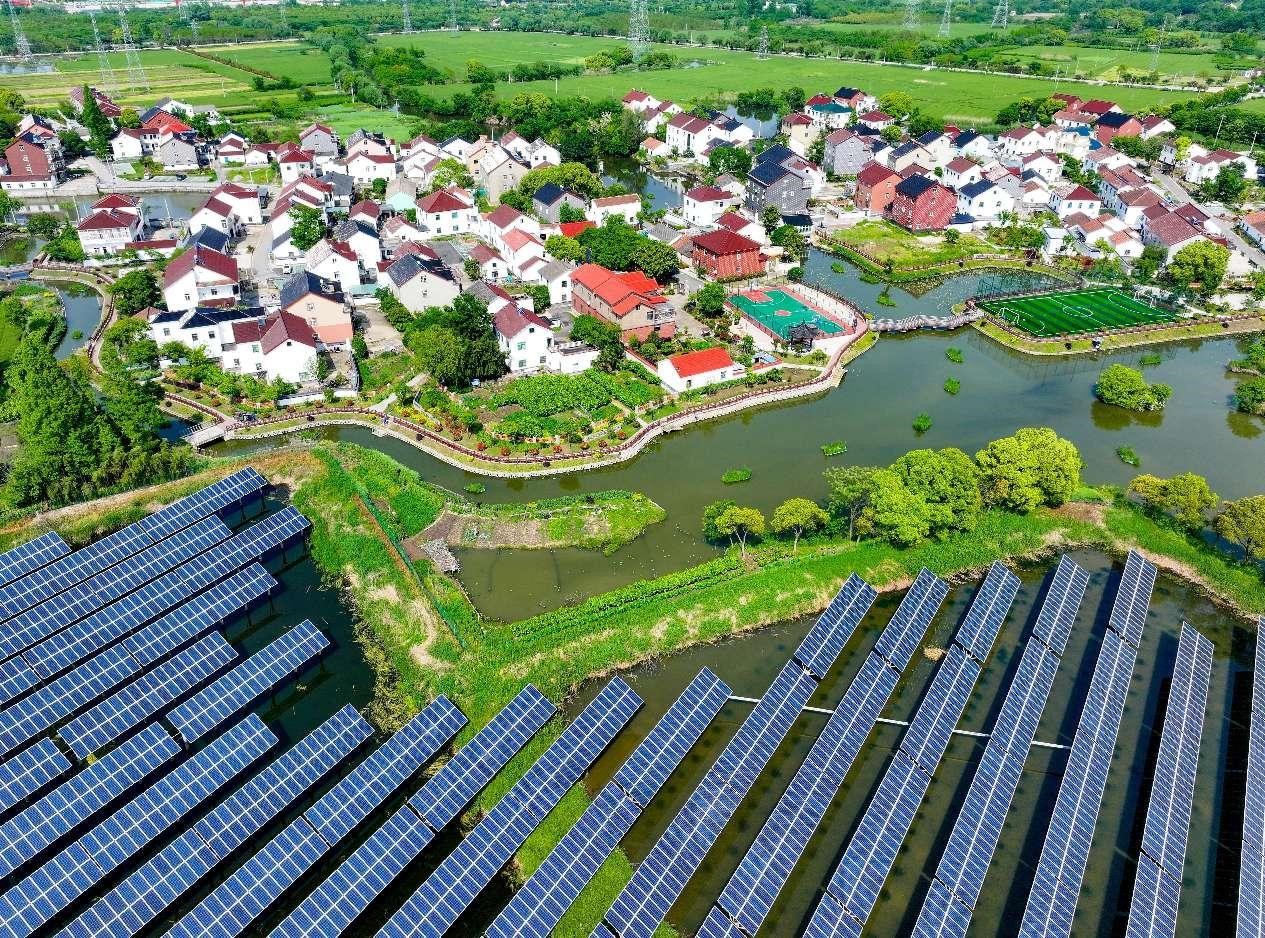
Photovoltaic panels and rural landscape make up a fantastic view in Yantao village, Changxing county, Huzhou, east China's Zhejiang province. (People's Daily Online/Chen Haiwei)
Photos
Related Stories
- China to carry out third residents' time use survey
- China's governance meets needs of people in livelihood improvement
- China steadily improves people's wellbeing over past 5 years: report
- Official: Quality of life in Tibet improves
- Xinjiang solicits public opinions about livelihoods on Leaders' Message Board
Copyright © 2024 People's Daily Online. All Rights Reserved.






